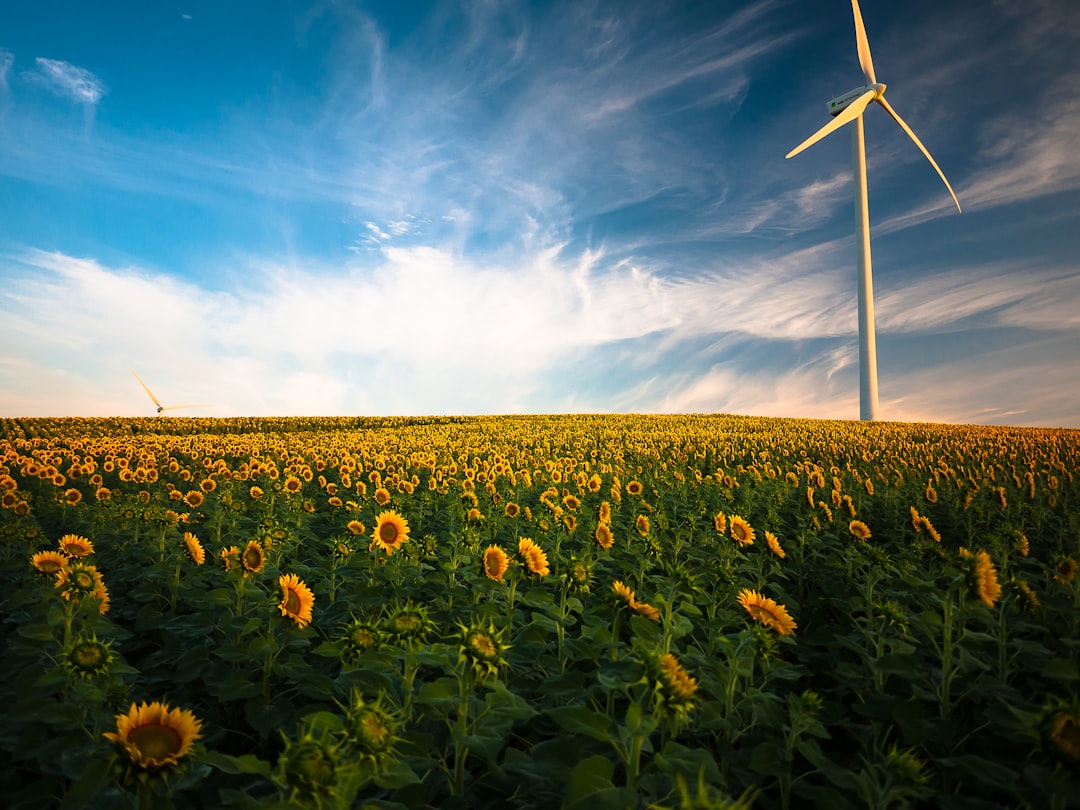What is it about?
Innovation Ecosystems consists of many independent and yet interdependent enterprises and actors. The offshore wind park energy innovative ecosystem consists of complementary and competing enterprises to engage in the production side of energy, enterprises and energy users to engage in the demand side, and third party enterprises to engage in offshore wind energy by e.g. providing port facilities. A business innovation ecosystem then exists with a set of actors—producers, suppliers, service providers, end users, regulators, and civil society organisations—that contribute to a collective outcome for value creation in society
Featured Image

Photo by Michael Dziedzic on Unsplash
Why is it important?
The offshore wind park innovative ecosystem is important to fulfil the UN Strategic Development Goal( SDG) no. 7 to "assure access to affordable, reliable, sustainable and modern energy for all". In practice, many independent and yet interdependent enterprises work on offshore wind parks without a focal firm or platform to span the ecosystem. Collaboration is then called for among participants to avoid sub optimization to hinder value creation in society. Therefore this research focus on the question: How can innovation ecosystems organise direction for value creation without a focal firm or platform in pre-phases of innovation? The answers to this question contributes both to literature end to practices within renewable energy.
Perspectives
The offshore wind park innovative ecosystem can fulfil the UN SDG no. 7 by innovation collaboration in prephases in ports for installation and operation of offshore wind parks. The conceptual model named "EcoValue BM" is developed from the research findings. The model shows the essential role of the value proposition in the innovation ecosystem for innovation direction of value creation. The Business Model Innovation (BMI) at ecosystem level revealed the exploration and exploitation of horizontal interfaces and flow for value creation in innovation ecosystems without a focal firm or a platform. Hereby contributions are made both to literature and to practices to gain enhanced insights and understandings of value creation in innovation ecosystems beyond the self-interests of individual enterprises.
Associated Professor Tove Brink
Syddansk Universitet
Read the Original
This page is a summary of: Organising direction of innovation ecosystems for extended clean energy production, Journal of Cleaner Production, November 2022, Elsevier,
DOI: 10.1016/j.jclepro.2022.134150.
You can read the full text:
Resources
Contributors
The following have contributed to this page










